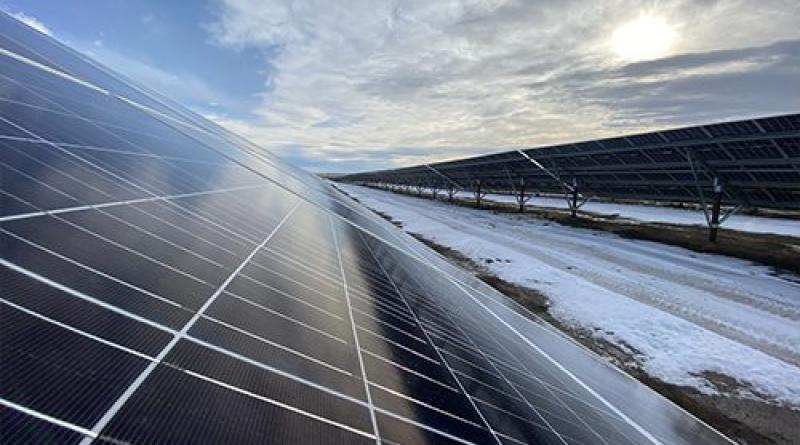Solar Developer Names Ontario, Alberta as Top Renewables Hotspots

Ontario is teeming with potential as a renewables market, while Southern Alberta will shine as a solar “hotbed,” says a solar project expert from PCL Solar, which in 2023 secured C$1.4 billion worth of new contracts across Canada, the United States, and Australia.
“Provinces like Ontario, with aging power plants and significant increases in load being forecast, will require additional non-emitting power plants to be built,” Andrew Moles, general manager of Toronto-based PCL Solar, a PCL Construction subsidiary founded in 2022, told Sustainable Biz Canada in an interview.
However, the demand for such energy varies greatly between provinces. “By comparison, Alberta’s grid operates more freely for private investment from independent power producers, and Southern Alberta will remain a hot-ed for solar with 300-plus days of sun and long days in the summer months where demand is highest.”
PCL Solar built Canada’s largest solar installation, the Travers Solar Project in Vulcan County, Alberta, writes Sustainable Biz. “In just 16 months, the Travers plant has offset more than 472,000 tonnes of carbon emissions and is the first PCL Solar project to surpass one million megawatt-hours of electrical output.”
Seeking to become a major player in the sector, PCL Solar has already completed nearly 60 solar projects across North America and Australia, and announced in October that it secured $1.4 billion worth of new engagements across North America and Australia this year. The eight new upcoming plants will provide a combined 1.5 gigawatts of clean electricity, the company says.
The large-scale solar developer also plans to expand into battery energy storage systems (BESS), which are seeing demand accelerate in North America after an infusion of funding from the U.S. Inflation Reduction Act and Canada’s Clean Energy Investment Tax Credit.
“Installing BESS solutions will allow the power being generated by solar facilities to be consumed more advantageously, extending the time when this power is available for consumption, while minimizing the impacts to the grid,” Moles said.
And solar is becoming more viable by the day. “We also continue to see the trend of higher wattage solar modules reducing the overall land use requirements and the amount of infrastructure required per unit of electricity generated.”
The solar + BESS combination lines up with PCL Solar’s plans in Canada, Moles said, with the company securing a 500-plus megawatt project near Claresholm, Alberta, and three BESS projects in eastern Canada, totalling 600 megawatt-hours.
Earlier this year, a study by Clean Energy Canada found that wind and solar farms with battery backup are cheaper to build than natural gas power plants in Ontario and Alberta, the two provinces Moles cited as most promising for his company’s plans.
Moles noted there will be a “significant amount of renewable energy opportunities” coming to Ontario, in the context of ongoing problems with its grid. The province is seeking to build more zero-emissions projects as electricity demand is projected to double by 2050, the Financial Post reports.
As of 2022, Ontario had 2,669 megawatts of solar installed on its grid. But PCL will need to strategize to connect as closely as possible to existing infrastructure. “Of course, grid connections are not without their challenges,” Moles said, explaining that “in some locations there may be lines which have more power quality issues than others.”
Those factors will have to be “properly modelled and understood during the development, design, construction ,and commissioning phases.”
Moles also identified Alberta as a promising solar site, even after the province placed a seven-month moratorium on new renewables projects beginning in August. A year before the pause was announced, Alberta had seen a surge in renewables investments, with two gigawatts of clean energy added to its grid.





